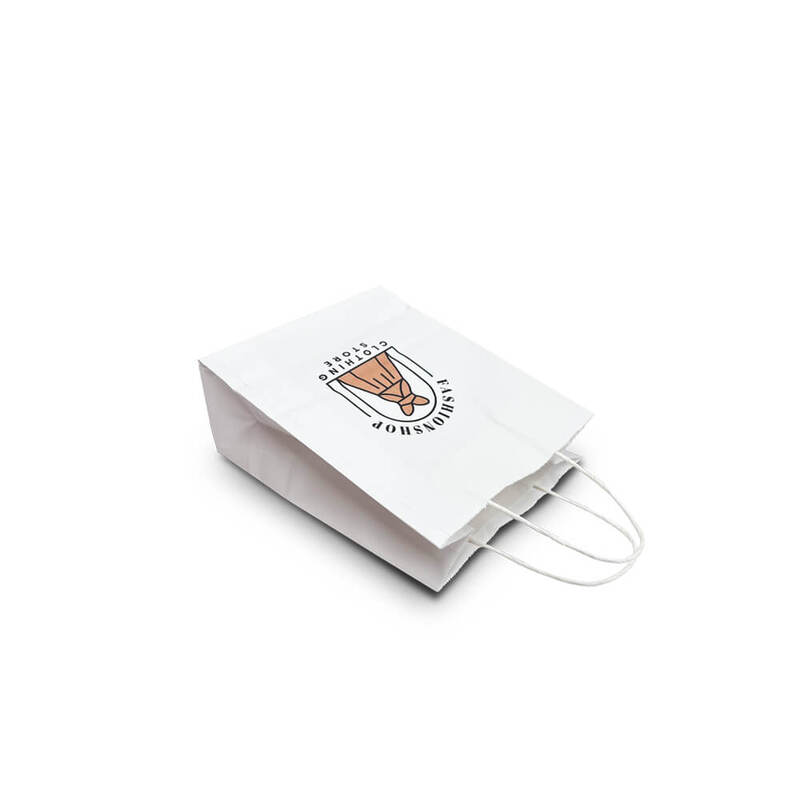The Essential Guide to Food Containers Choosing the Right One for Your Needs
In today’s fast-paced world, food storage has become an essential aspect of meal preparation and preservation. With a myriad of food containers available on the market, choosing the right one can often feel overwhelming. Understanding the different types and their benefits can help you make informed decisions that suit your lifestyle and dietary needs.
Types of Food Containers
1. Plastic Containers These are among the most popular food storage solutions due to their lightweight nature and affordability. Some plastic containers are microwave-safe, making them ideal for reheating leftovers. However, it’s crucial to check for BPA-free labels to avoid potential health risks associated with certain chemicals in plastics.
2. Glass Containers An excellent alternative to plastic, glass containers are non-toxic and can withstand temperature changes. They are ideal for both food storage in the refrigerator and baking in the oven. Moreover, glass doesn’t absorb odors or stains, ensuring that your food stays fresh and flavorful. However, they can be heavier and more fragile than plastic options, which is something to consider if you plan to take your meals on the go.
3. Stainless Steel Containers Known for their durability and sleek design, stainless steel containers are perfect for those seeking a long-lasting food storage solution. They are impermeable to air, which helps keep your food fresher for longer. Additionally, stainless steel is often designed to be environmentally friendly, as it is recyclable and doesn’t leach chemicals into food.
4. Silicone Containers These innovative containers are flexible, lightweight, and collapsible, making them an excellent choice for travel and small kitchens. Silicone can withstand high temperatures, making it safe for both the microwave and oven. However, they can sometimes be more expensive than traditional plastic or glass options, so it's essential to weigh the cost against their convenience.
Key Features to Consider
food containers

When selecting food containers, several features can enhance their functionality and convenience
- Sealing Mechanism Look for containers with airtight seals or locking lids to prevent leaks and maintain freshness. This feature is especially important for liquids and marinated foods. - Size and Capacity Consider your storage needs. Containers come in various sizes, so having a range of options allows you to store anything from a single meal to bulk ingredients.
- Stackability For those with limited storage space, stackable containers can maximize your kitchen’s organization, helping to keep your pantry or fridge tidy.
- Dishwasher and Microwave Safe Opt for containers that are easy to clean and safe for use in the microwave. Dishwasher-safe containers save time and hassle when it comes to cleanup.
Environmental Impact
As food waste continues to be a pressing global issue, opting for reusable food containers can significantly contribute to reducing waste. By investing in high-quality containers, you can store leftovers, organize meal prep, and cut down on single-use plastics.
Conclusion
Choosing the right food containers boils down to understanding your personal preferences and lifestyle. Whether you prefer the lightweight convenience of plastic, the safety and durability of glass, the sleekness of stainless steel, or the flexibility of silicone, there is a suitable option out there for everyone. By investing in the proper food storage solutions, you can ensure your meals are stored safely and sustainably while contributing to a healthier planet for generations to come.



